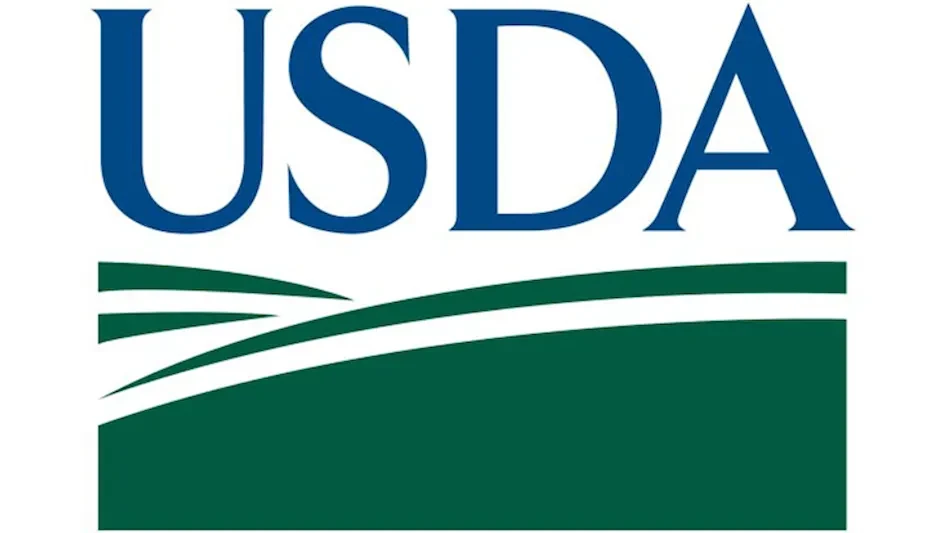
Washington, D.C. — U.S. Secretary of Agriculture Brooke Rollins announced a $1 billion strategy to curb highly pathogenic avian influenza (HPAI), protect the U.S. poultry industry and lower egg prices.
This is in addition to funding already being provided to indemnify growers for depopulated flocks, said USDA.
As Rollins wrote in the Wall Street Journal, the five-pronged strategy includes $500 million for biosecurity measures, $400 million in financial relief for affected farmers and $100 million for vaccine research, action to reduce regulatory burdens and exploring temporary import options.
“American farmers need relief, and American consumers need affordable food,” Rollins wrote. “To every family struggling to buy eggs: We hear you, we’re fighting for you, and help is on the way.”
The five-pronged approach includes the following strategies:
1. Invest in biosecurity measures for all U.S. poultry producers.
- USDA will expand its Wildlife Biosecurity Assessments to producers across the nation, beginning with egg-layer facilities, to safeguard farms from the cause of 83% of HPAI cases: transmission from wild birds. These additional safety measures have proven to minimize flu cases, said USDA; the approximately 150 facilities that follow these protocols have had only one outbreak, according to the agency.
- Biosecurity audits will be expanded. Free biosecurity audits will continue for all HPAI-affected farms. Shortcomings for HPAI-affected farms must be addressed to remain eligible for indemnification for future infections within this outbreak. Biosecurity audits will be encouraged and made available to surrounding, non-affected farms.
- USDA will deploy 20 trained epidemiologists as part of its increased biosecurity audits and Wildlife Biosecurity Assessments to provide advice to producers on how to reduce HPAI risk at their facilities. These experts will help improve current biosecurity measures to focus on protecting against spread through wild birds in addition to lateral spread, said USDA.
- USDA will share up to 75% of the costs to fix the highest risk biosecurity concerns identified by the assessments and audits, with a total available investment of up to $500 million.
2. Increase relief to aid farmers and accelerate repopulation.
- APHIS will continue to indemnify producers whose flocks must be depopulated to control the further spread of HPAI.
- New programs are being explored to aid farmers to accelerate the rate of repopulation, including ways to simplify the approval process to speed recovery.
- Up to $400 million will be available to support these costs for the remainder of the fiscal year.
3. Remove unnecessary regulatory burdens on the chicken and egg industry to further innovation and reduce consumer prices.
- USDA is working alongside partners at the U.S. Food and Drug Administration to examine strategies to safely expand supply in the commercial market for eggs.
- USDA said it will minimize burdens on individual farmers and consumers who harvest homegrown eggs.
- USDA will work with farmers and scientists to develop innovative strategies to limit the extent of depopulations in HPAI outbreaks.
- USDA will educate consumers and Congress on the need to fix the problem of geographical price differences for eggs, such as in California, where recent regulatory burdens, in addition to avian flu, have resulted in the price of eggs being 60% higher than other regions of the country, according to the agency.
4. Explore pathways toward vaccines, therapeutics and other strategies for protecting egg-laying chickens to reduce instances of depopulation.
- USDA will focus on a strategy for potential new generation vaccines, therapeutics and other solutions to minimize depopulation of egg-laying chickens along with increased bio-surveillance and other solutions targeted at egg-laying chickens in and around outbreaks. Up to a $100 million investment will be available for innovation in this area.
- USDA will work with trading partners to limit impacts to export trade markets from potential vaccination. Additionally, USDA will work alongside the U.S. Department of Health and Human Services to ensure the public health and safety of any such approaches include considerations of tradeoffs between public health and infectious disease strategy.
- USDA will solicit public input on solutions and will involve governors, state departments of agriculture, state veterinarians and poultry and dairy farmers on vaccine and therapeutics strategy, logistics and surveillance. USDA will begin holding biweekly discussions on this and will also brief the public on its progress biweekly until further notice.
5. Consider temporary import-export options to reduce costs on consumers and evaluate international best practices.
- USDA will explore options for temporarily increasing egg imports and decreasing exports, if applicable, to supplement the domestic supply, subject to safety reviews.
- USDA will evaluate international best practices in egg production and safety to determine any opportunities to increase domestic supply.
Latest from Quality Assurance & Food Safety
- Chef Robotics Introduces Pat-Down Capability for Meal Presentation and Sealing
- USDA Launches Regenerative Pilot Program
- Indoor Ag-Con Adds Food Safety Track to Conference Lineup
- IDFA Recognizes Federal Officials for Support of U.S. Dairy Industry
- Tetra Pak Acquires Bioreactors.net
- Fresh Del Monte Receives Rabobank Leadership Award
- São Paulo Earns Guinness World Record for Largest Municipal Food Security Program
- KPM Analytics Releases Ready-to-Use NIR Calibration Packages





